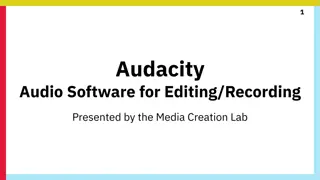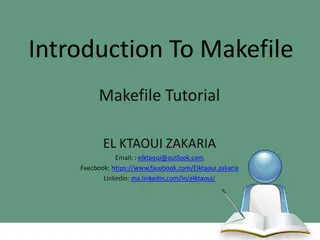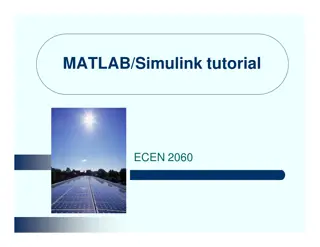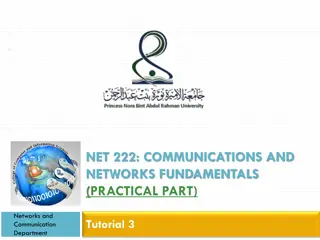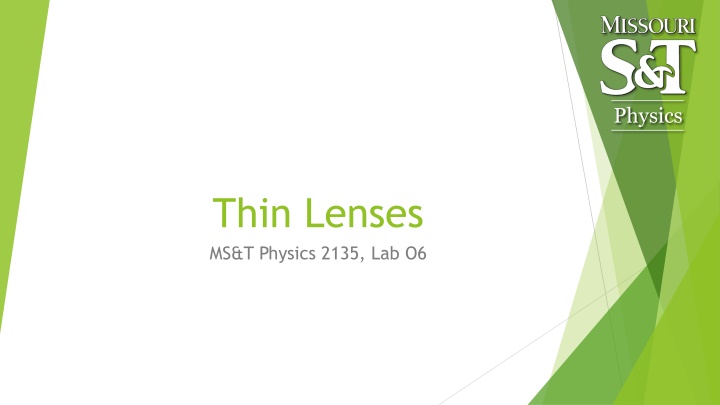
Physics Thin Lenses Experiment with MS&T Physics Lab 2135
Explore the verification of the thin lens equation and measuring focal length of a converging lens in this detailed physics lab experiment. Understand sign conventions, heights, magnification, and different set-ups for object/image distances. Discover the challenges of working with multiple lenses and potential sources of error. Dive into the world of thin lenses with MS&T Physics Lab 2135!
Download Presentation

Please find below an Image/Link to download the presentation.
The content on the website is provided AS IS for your information and personal use only. It may not be sold, licensed, or shared on other websites without obtaining consent from the author. If you encounter any issues during the download, it is possible that the publisher has removed the file from their server.
You are allowed to download the files provided on this website for personal or commercial use, subject to the condition that they are used lawfully. All files are the property of their respective owners.
The content on the website is provided AS IS for your information and personal use only. It may not be sold, licensed, or shared on other websites without obtaining consent from the author.
E N D
Presentation Transcript
Physics Thin Lenses MS&T Physics 2135, Lab O6
Objectives Physics Verify the thin lens equation and measure the focal length of a converging lens. Note: There is a possibility that you may encounter a virtual object or image (negative s or s ) in set-up 3. Stick to the sign conventions (see next slide) and the math will usually work out properly. That said, there are several sources of error that can cause problems and should be discussed in your conclusions. For instance, you may want to investigate spherical aberration to learn more. MS&T Physics 2135, Lab O6: Thin Lenses Slide 2/6
Sign Conventions: Dr. Hales Card Physics MS&T Physics 2135, Lab O6: Thin Lenses Slide 3/6
Heights and Magnification Physics Heights are positive if upright, and negative if inverted. In this picture, y is positive and y is negative. Note the circles (indicated by the green arrows) are in opposite locations. MS&T Physics 2135, Lab O6: Thin Lenses Slide 4/6
Set-up 1 and Set-up 2 Physics In the picture, as is convention in ray tracing, light travels from left to right. Find two different sets of object/image distances for a single screen position. One is set-up 1, the other is set-up 2. MS&T Physics 2135, Lab O6: Thin Lenses Slide 5/6
Set-up 3 Physics Having two lenses can make finding an image somewhat more difficult. Typically it helps to start with the screen as far away from the object as possible. From there, you can move the screen and lenses as needed. MS&T Physics 2135, Lab O6: Thin Lenses Slide 6/6








